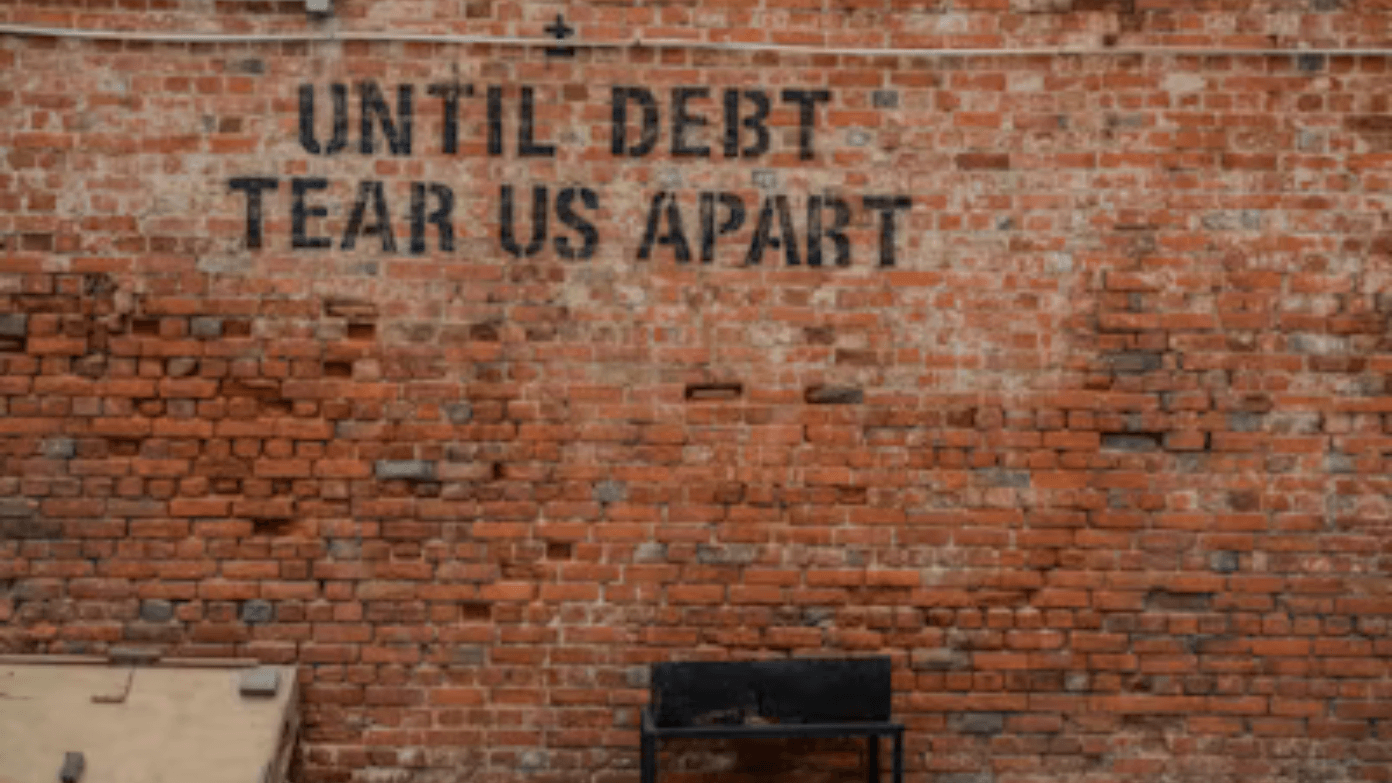With record backlogs consisting of 65,448 pending PSLF buyback requests, qualified public servants, including 38-year-old librarian Katy Punch, have been waiting for more than eight months for loan forgiveness decisions, jeopardizing both timelines for financial relief and confidence in the program.
Growing PSLF buyback backlog
The Department of Education offers a PSLF buyback option that lets borrowers retroactively count deferred or forborne months toward the required 120 qualifying payments and just recently there have been changes made to it. To know the current changes to PSLF read this article, What changes did Trump make to Public Service Loan Forgiveness for student loan relief? Yet by the end of June 2025, 65,448 buyback applications were unprocessed, up from 58,761 in May, a 13% month-over-month increase that shows for all its worth a dire staffing and operational situation. At the June processing rate of just 2,224 applications, it would take more than two years to go through the existing backlog even without further submissions.
Katy Punch’s story
Having worked for over a decade in public service, Katy Punch of North Carolina saw herself hitting her 120-payment limit by mid-2024 under the Biden-era SAVE repayment plan. At that time, her balance of about $30,000 was almost on the verge of being forgiven. The SAVE plan being thrown into a mandatory forbearance last summer meant her payments no longer counted toward PSLF, thus triggering the need for buyback.
Punch sent in her buyback request in November 2024, but, eight months later, there is still no decision made. “I freely paid five months, but the Department of Education will not let me,” she laments—a feeling shared by thousands stuck in limbo. Late decisions mean the backlog forces borrowers to stay making payments month-on-month on debts already entitled to forgiveness, intensifying stress and financial burdens.
Political changes and staffing shortages
The accelerated growth of backlogs during the Trump administration saw the mass layoff of Federal Student Aid personnel. Additional processing disruptions occurred through shifting servicers from MOHELA to new contractors and through court challenges to the SAVE plan. While a Department of Education deputy press secretary insists that the backlog is “working its way through”, detractors describe the buyback program as “functionally unavailable” and allege that political motives hold back relief.
Consequences for public-service workers
- Financial stress: Borrowers nearing forgiveness continue debt service, undermining budgeting and career decisions in lower-paying public roles.
- Eligibility risk: Delays may outlast employment tenure; borrowers risk losing qualifying status before decisions arrive.
- Program trust: Opaque processing timelines and lack of status updates erode confidence in PSLF’s promise.
Yet for borrowers like Katy Punch—once a mere five payments from forgiveness—the PSLF backlog means much more than just bureaucratic inertia; it threatens to undermine the entire incentive structure for public-service careers. Unless decisive action is taken to stem the tide of the backlog-65,448 and counting-and restore the trust of these thousands caught in limbo in the program they dedicated their careers to fulfilling, it shall remain.
Read more: What happens to my federal student loans if my income drops?
Read more: Beware of June 27, 2025: key deadline to make payments on student loans

